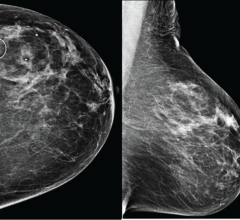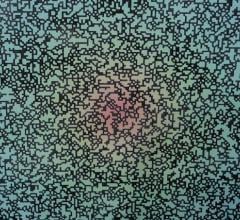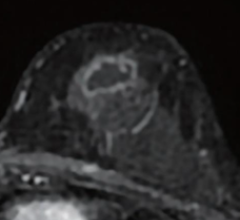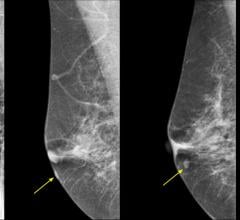Sept. 3, 2025 — According to ARRS’ American Journal of Roentgenology (AJR), a commercial artificial intelligence (AI) ...
Breast Imaging
Women's health related to breast imaging, including mammography, breast MRI, ABUS, automated breast ultrasound, breast ultrasound, breast biopsy, PEM and positron emission mammography.
August 18, 2025 – Akumin, a national leader in outpatient radiology and oncology services, has selected Lunit INSIGHT ...
Aug. 19, 2025 — According to the latest study from BCC Research, the "Global Mammography Equipment Markets" is projected ...
As the largest independent imaging group in Michigan with 10 locations across the state, Regional Medical Imaging (RMI) ...
Aug. 19, 2025 — Calidar, Inc., a start-up in precision diagnostic imaging formed out of Duke University, recently ...
Aug. 5, 2025 — New Lantern has announced the launch of two specialized viewer modes: the Mammography Viewer Mode and PET ...
Aug. 1, 2025 — The American Roentgen Ray Society’s American Journal of Roentgenology (AJR) has published a clinically ...
Christina Jacobs, M.D., Director of Breast Imaging (Bronson Health System) is always looking for ways to work more ...
July 29, 2025 — A new technology that harnesses AI to analyze mammograms and improve the accuracy of predicting a woman ...
QT Imaging Holdings, Inc. has announced the launch of its latest QTviewer, version 2.8. QTviewer stores and displays the ...
July 17, 2025 — RadNet, Inc., a provider of high-quality, cost-effective diagnostic imaging services and digital health ...
ProFound AI is an FDA-cleared artificial intelligence (AI) system for reading 3-D breast tomosynthesis images. At RSNA19 ...
July 8, 2025 — QT Imaging Holdings, has appointed Elaine Iuanow, MD, as chief medical officer (CMO) and Kim Du as senior ...
July 7, 2025 — SimonMed Imaging, one of the largest outpatient medical imaging providers in the United States, has ...
June 25, 2025 — QT Imaging Holdings, Inc., a medical device company engaged in research, development, and ...
At RSNA19, David Widmann, president and CEO of Konica Minolta Healthcare Americas, discussed innovation, stressing the ...
June 23, 2025 — Susan G. Komen, the world’s leading breast cancer organization, recently announced it is awarding $10.8 ...
In breast cancer detection, speed and accuracy are more than clinical goals – they can significantly increase chances ...
June 9, 2025 — A new independent, peer-reviewed study published in the journal Clinical Breast Cancer reinforces the ...
June 2, 2025 — Clairity, Inc., a digital health innovator advancing AI-driven healthcare solutions, has received U.S ...
May 30, 2025 — GE HealthCare recently announced that the NCCN Clinical Practice Guidelines in Oncology (NCCN Guidelines) ...
May 27, 2025 — DeepLook Medical, a company advancing medical imaging through visual enhancement technology, recently ...
May 13, 2025 — In one of the larger studies of its kind, researchers have identified six breast texture patterns that ...
April 29, 2025 — iCAD, a global provider of clinically proven AI-powered cancer detection solutions, has announced a ...


 September 09, 2025
September 09, 2025 




















